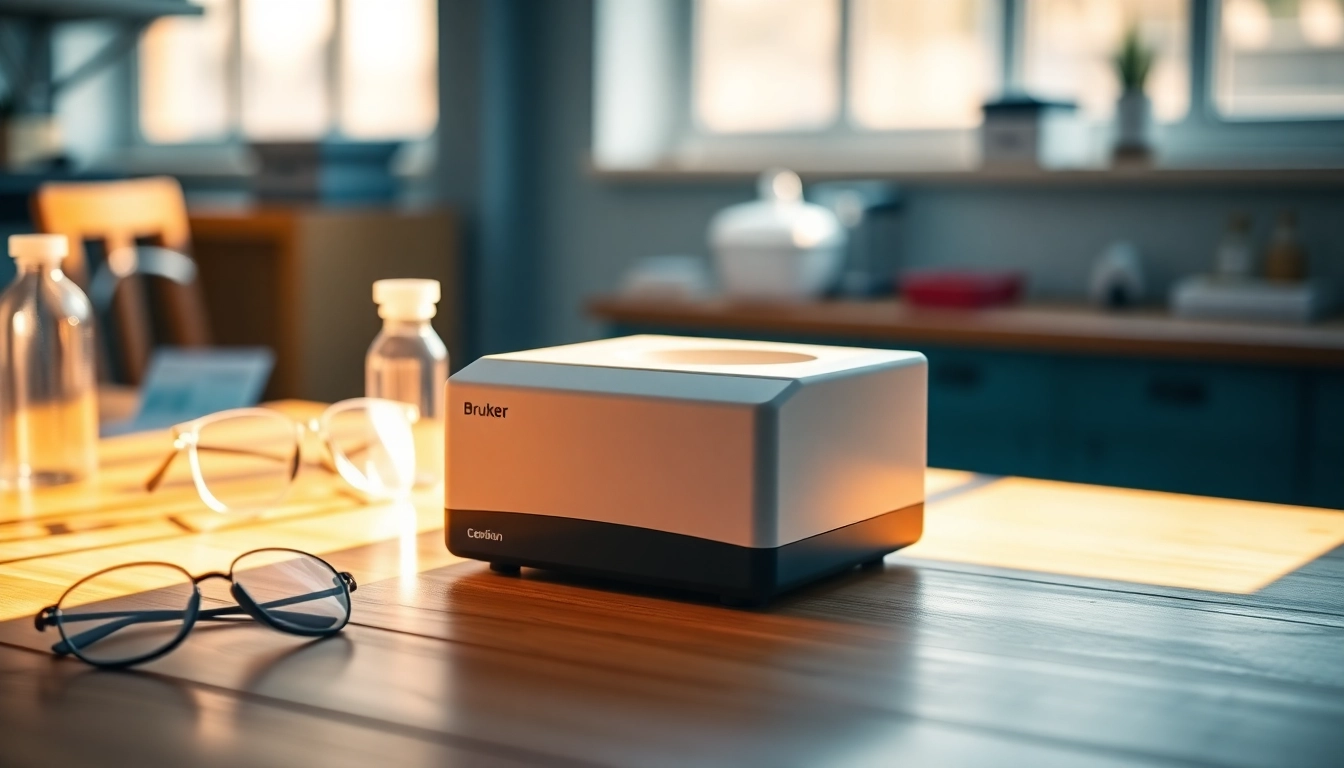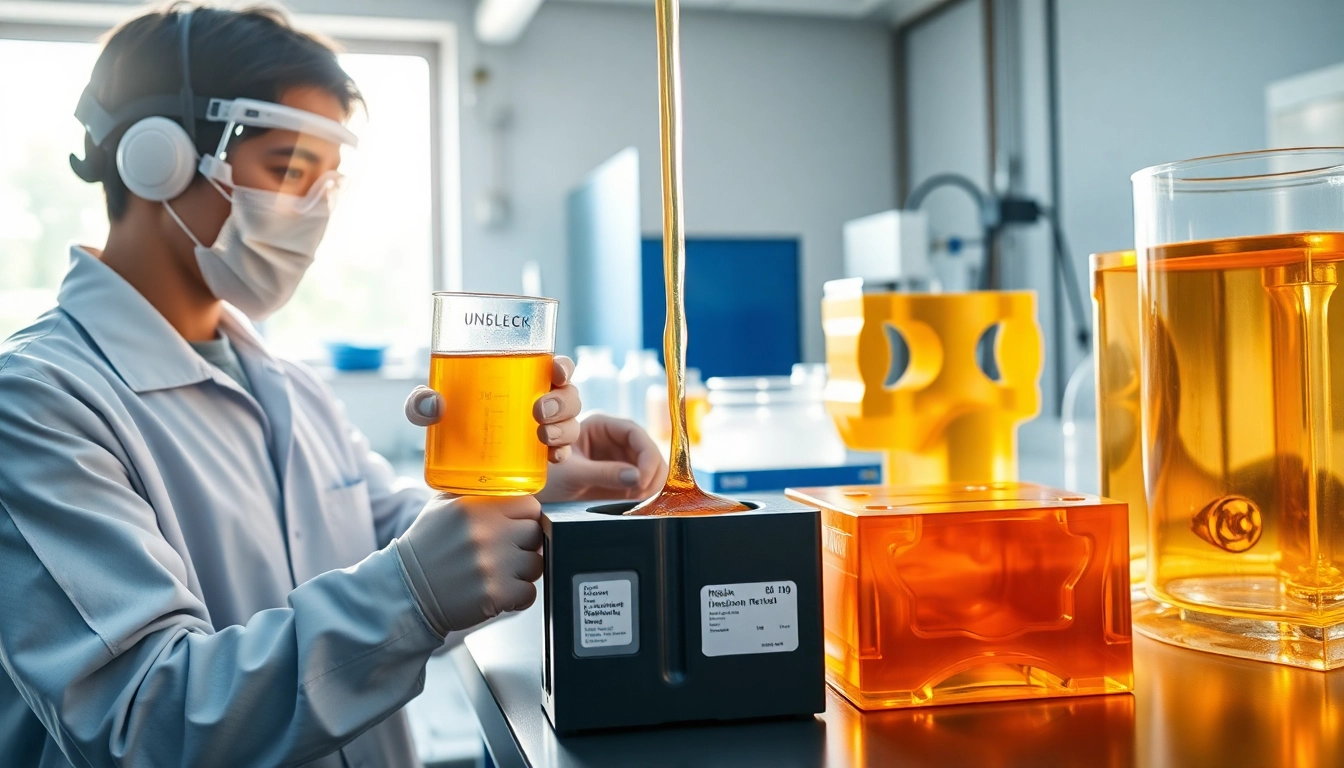Overview of the Bruker EOS 500 Handheld LIBS Analyzer
The Bruker EOS 500 Handheld LIBS Analyzer is a state-of-the-art analytical tool designed for elemental analysis through laser-induced breakdown spectroscopy (LIBS). This revolutionary device empowers users across various industries to perform real-time analysis, enhancing their operational efficiency and accuracy. In a landscape where precision in material analysis is imperative, the Bruker EOS 500 Handheld LIBS Analyzer stands out due to its portability and advanced capabilities.
Key Features and Specifications
The Bruker EOS 500 comes equipped with various features that make it a competitive choice for businesses seeking reliable analyzers. Its lightweight design (under 2 kg) makes it easy to transport, while the robust materials ensure durability in various operating environments. Key specifications include:
- Wavelength Range: 200 – 800 nm, enabling the detection of a wide array of elements.
- Detection Limits: Low parts-per-million (ppm) levels for elemental concentration.
- Analysis Time: Instantaneous readings, providing users with real-time data for immediate decision-making.
- Battery Life: Up to 8 hours of continuous use, allowing extensive on-site analysis without frequent recharges.
- User Interface: Intuitive touchscreen interface designed for easy navigation and data access.
Applications in Modern Industry
The Bruker EOS 500 is increasingly utilized across various sectors including metallurgy, mining, environmental analysis, and food safety. For example, in metallurgy, it allows rapid assessment of metal alloy compositions directly on the production floor. In environmental applications, the device is used to analyze soil samples and detect pollutants. Moreover, food safety professionals leverage the analyzer to examine contamination levels in food products, thus ensuring compliance with health standards.
User Experience and Portability
One of the hallmark features of the Bruker EOS 500 is its user-centered design. The device’s handheld format allows for unhindered movement and flexibility during analysis. Additionally, the graphical touchscreen interface simplifies operation, reducing the learning curve for new users. Users report that the device’s built-in tutorials and direct-access guides facilitate a smoother operational experience. Its rugged design is particularly appreciated in field settings where environmental factors can be unpredictable.
How the Bruker EOS 500 Works
Principles of LIBS Technology
LIBS operates on the principle of exciting atoms within a sample using a high-energy laser pulse. Once the laser strikes the material, it causes a small plasma plume to form which then emits light at characteristic wavelengths specific to each element present in the sample. This emitted light is collected and analyzed, allowing for accurate identification and quantification of the elemental composition. The rapid nature of LIBS technology means that users can conduct multiple analyses in a short time frame, a significant advantage over traditional lab techniques.
Operational Guidelines and Setup
Setting up the Bruker EOS 500 involves a straightforward process. Upon powering on the device, users can select the type of analysis they wish to conduct. Calibration may be required prior to use, particularly when analyzing unfamiliar materials. The device provides guided tutorials that inform users about sample preparation and optimal settings for different materials. Following setup, users simply aim the laser at their target sample and initiate the analysis via the user-friendly interface.
Maintenance Best Practices
To ensure long-lasting performance and accuracy from the Bruker EOS 500, regular maintenance is essential. Users should routinely clean the optics and check for any software updates. It’s recommended to perform a validation check by analyzing a known standard periodically to ensure that the device is functioning within its specified limits. Additionally, maintaining the battery in good health by avoiding deep discharges can prolong its lifecycle. Proper care will not only improve measurement accuracy but also extend the operational life of the analyzer.
Benefits of the Bruker EOS 500 Analyzing Device
Speed and Efficiency in Analysis
The Bruker EOS 500 is engineered to provide rapid results, with a turnaround time of just seconds per sample. This swift analysis is crucial for industries that rely on fast decision-making, such as manufacturing and environmental monitoring. Users can quickly interpret the results via the device’s screen, allowing for immediate actions based on clear data insights.
Accuracy and Reliability in Results
Accuracy is paramount in elemental analysis, and the Bruker EOS 500 delivers precise results. The combination of advanced LIBS technology with robust data processing algorithms ensures that the device can distinguish between elements, even in complex mixtures. Furthermore, the ability to detect low concentrations (sub-ppm levels) increases its reliability and utility in critical applications where precision is crucial.
Cost-Effectiveness for Businesses
Investing in the Bruker EOS 500 results in significant cost savings for organizations in the long run. With its portability and quick analysis capabilities, businesses can perform onsite evaluations rather than relying on external laboratories, which often incur high turnaround costs and delays. Reduced transportation of samples and real-time decision-making allow companies to streamline operations, ultimately enhancing profitability.
Comparing the Bruker EOS 500 with Other Analyzers
Performance Metrics Against Competitors
When compared to other handheld LIBS analyzers, the Bruker EOS 500 showcases superior features, particularly in speed, sensitivity, and ease of use. For instance, while some competitors may require longer analysis times or less sensitive detection, the EOS 500 operates efficiently without compromising accuracy. Its versatility across various matrices also positions it favorably in an increasingly competitive market.
Market Positioning and User Preferences
Users have shown a clear preference for the Bruker EOS 500 due to its balance of performance against cost. In market surveys, clients have noted favorable experiences surrounding the device’s portability, user interface, and adaptability to diverse analytical needs. The EOS 500’s robust build quality ensures that it can withstand the rigors of fieldwork, a feature that many users prioritize in their purchase decisions.
Choosing the Right LIBS Analyzer for Your Needs
Selecting the appropriate LIBS analyzer is pivotal to an organization’s success. Factors to consider include the types of materials you will analyze, the desired sensitivity levels, and the frequency of analysis. The Bruker EOS 500 meets the needs of a broad range of applications while also providing a reliable warranty and customer support, making it a compelling choice for many users.
Future Trends in Handheld LIBS Technology
Innovations on the Horizon
As technology continues to evolve, the future of handheld LIBS analyzers looks promising. Researchers are working on enhancing the sensitivity of detectors and incorporating artificial intelligence (AI) for data analysis, which could lead to even faster and more accurate results. The integration of machine learning algorithms may assist in predicting material characteristics based on previous analyses, further streamlining the analytical process.
Environmental and Regulatory Considerations
With the growing emphasis on environmental sustainability, portable analyzers like the Bruker EOS 500 are pivotal in helping industries monitor compliance with regulations regarding material composition and waste management. As legislation becomes stricter regarding the quality and composition of various materials, the demand for reliable technology that is both accurate and easy to deploy in field situations is expected to rise.
Preparing for the Next Generation of Analyzers
To remain competitive, companies should be proactive in adopting new technologies and methodologies. Staying abreast of innovations in LIBS technology can provide organizations with valuable insights, ensuring they are well-equipped to meet evolving market demands. Continuous training and updates about analyzing techniques will help maintain proficiency and effectiveness within any business utilizing LIBS technology.















Leave a Reply